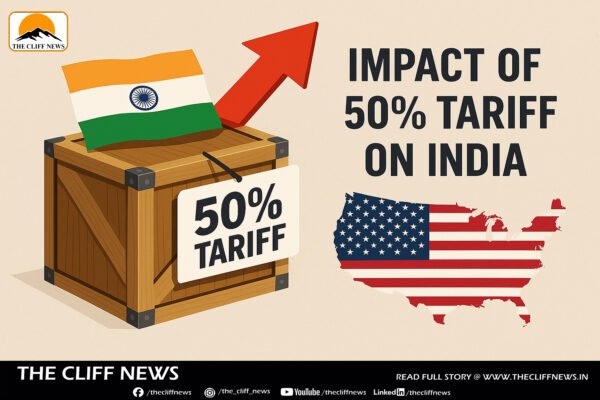Al Jazeera Reporters Killed in Israeli Strike on Gaza City Journalist Tent; Israel Labels Targeted Correspondent a Hamas “Terrorist”
Al Jazeera has announced that two of its correspondents, including a prominent reporter, and three cameramen were killed in an Israeli strike on their tent in Gaza City on Sunday (August 10, 2025). The Israeli military confirmed it had targeted Anas al-Sharif, a well-known Al Jazeera Arabic correspondent, labelling him a “terrorist” affiliated with Hamas. According to the Qatar-based broadcaster, al-Sharif, 28, was killed alongside four colleagues—reporter Mohammed Qreiqeh and camera operators Ibrahim Zaher, Mohammed Noufal, and Moamen Aliwa—when a tent for journalists outside the main gate of a hospital was hit. Al-Sharif was widely recognised for his extensive coverage from northern Gaza and had been one of the network’s most familiar on-the-ground faces. The Israel Defense Forces (IDF) issued a statement claiming that al-Sharif headed a Hamas terrorist cell and was responsible for organising rocket attacks against Israeli civilians and troops. “A short while ago, in Gaza City, the IDF struck the terrorist Anas Al-Sharif, who posed as a journalist for the Al Jazeera network,” the statement said. Hours before his death, al-Sharif had posted on X about “intense, concentrated Israeli bombardment” in Gaza City, sharing a video showing nearby strikes. In July, the Committee to Protect Journalists (CPJ) had called for his protection after the IDF’s Arabic-language spokesperson accused him online of being a Hamas member. Following the strike, CPJ said it was “appalled” by the deaths, accusing Israel of a pattern of labelling journalists as militants without credible evidence. The Palestinian Journalists’ Syndicate condemned the attack as a “bloody crime” and an assassination. Media watchdog Reporters Without Borders (RSF) noted that over 200 journalists have been killed in Gaza since the war began 22 months ago, many of them Palestinian reporters on whom international media depend due to Gaza’s closure. Relations between Israel and Al Jazeera have long been tense, with Israeli authorities banning the channel in the country and raiding its offices during the ongoing conflict. Qatar, which funds Al Jazeera, has also hosted Hamas’s political leadership and facilitated indirect talks with Israel. The killings come as Israel announced plans to expand its ground operations in Gaza, targeting remaining Hamas strongholds. Prime Minister Benjamin Netanyahu defended the new offensive in a press conference on Sunday and pledged to allow more foreign journalists to report from inside Gaza with military oversight. At the UN Security Council, Assistant Secretary General Miroslav Jenca warned that Israel’s plans to control Gaza City could trigger “another calamity,” leading to further displacement, killings, and destruction across the region.










